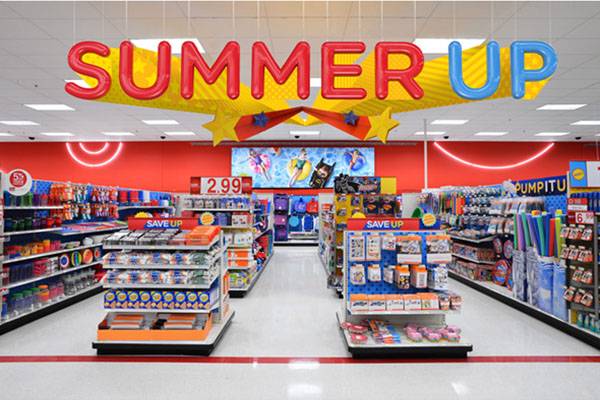When did you last test your site sensitivity?
It can be easy to fall into the trap of always using a set differential between competitors. That is how you have always priced, and you don’t want to risk losing footfall and profits. Having access to real-time data in EdgePetrol enables you to be more experimental with your pricing with confidence and immediate visibility of the impact of your decisions.
Many Edge customers have tested price sensitivity, whether it’s to drive volume or increase margin. The time of year and day of the week can also have a part to play in this.
SETTING OBJECTIVES
Do you want to see how much extra margin you can make without impacting volume? Or do you want to see how much extra volume (and shop footfall) you can drive by decreasing your price?
Margin
● What is the goal? It may simply be to see how much you can increase your price differential between competitors without volume falling.
● If you are willing to accept a nominal fall in volume, calculate what this would be in return for an extra 1ppl or 2ppl margin.
Volume
● Calculate how much extra volume you need to sell to compensate for the lower margin.
● For example, if you are losing 5% of your margin, you may want to see at least a 5% uptick in volume to make sure your profits remain stable (or improve).
● Set yourself a goal of how much extra shop revenue you want to earn – by percentage or in £ to justify any margin you are willing to lose on fuel.
TESTING
● For margin increase, start slowly by increasing the differential from key competitors by 1ppl. This may be a pole price increase or a case of holding your price when a key competitor drops their price. If they drop by 2ppl, then perhaps you try dropping by 1ppl initially.
● To increase volume, try matching or sitting below key competitors (where you can afford to). This may also depend on the cost of fuel in your tanks (check the wetstock analysis section on EdgePetrol) and whether or not you are moving into more expensive fuel.

●If you are feeling brave, you may want to drop your price significantly just to test how much of an impact this makes to your volume. This is a surefire quick way to see whether customers care! It pays to broadcast this strategy on social media.
● Ideally your testing would run for a minimum of 2 weeks. It can take a while for consumers to catch-on and to see repeat business from new customers.
ASSESS
● Use today’s volume percentage indicators for visibility on how volume is performing today. This is compared in-app to what you could typically expect at the same time and day, by averaging that data over the last 6 weeks. Check this overall and by grade – unleaded and diesel may behave differently.

● Check performance reporting to monitor volume performance before and during the pricing strategy. You can customise the time period and also check by grade.
● In addition to volume, you can also switch to view gross profit to check whether an overall difference to your bottom line.
● When did you start to see a difference in volume behaviour on your site?

REFINE
● Depending on the assessment results, you may want to increase the testing period by maintaining the current differential between competitors.
● Or, you may decide to run over a similar period again, but increasing the differential between competitors by an extra 1ppl.
KEEP
● Have you found that sweet spot where you have maximised margin without impacting volume? You can make a note of this in the pricing strategy widget in competitor prices.

● Make sure you keep continuously monitoring performance. Competitors may change up their strategy in relation to market conditions and your pricing strategy!























